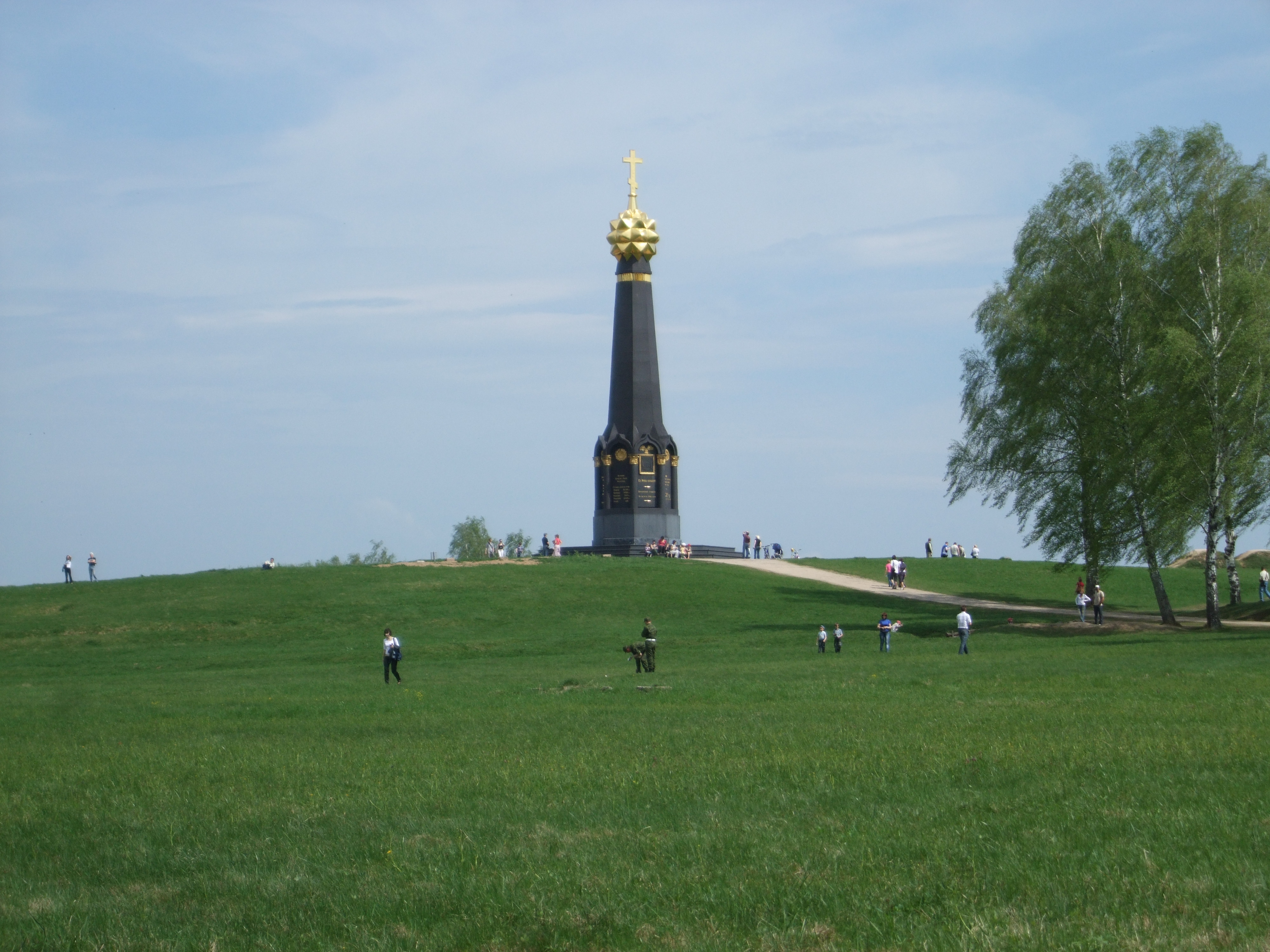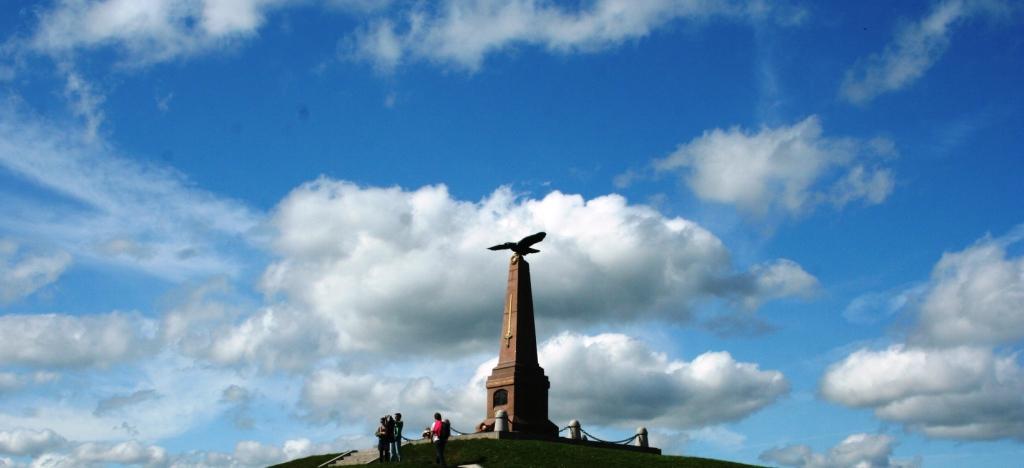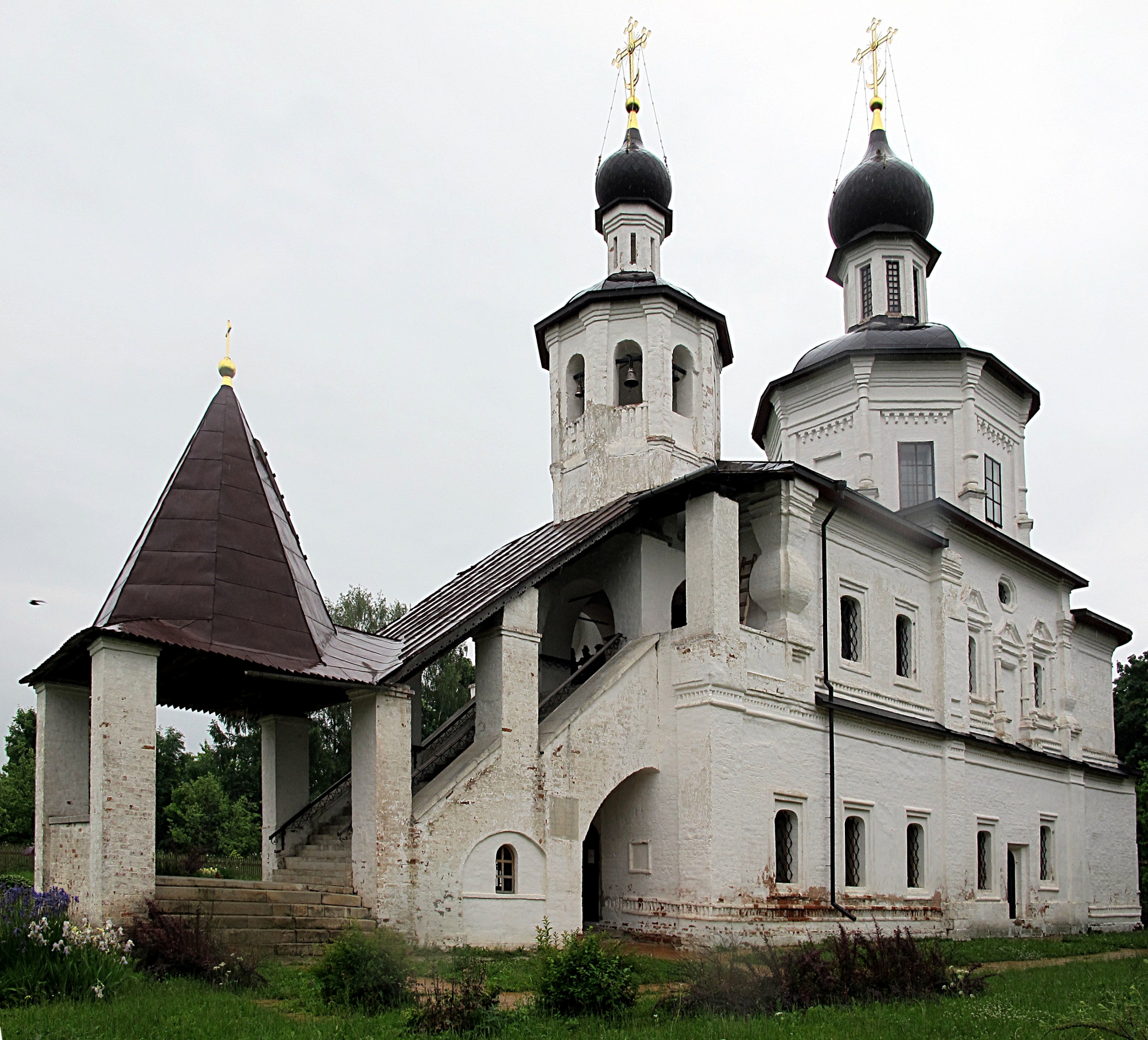Borodino (village), Mozhaysky District, Moscow Oblast on:
[Wikipedia]
[Google]
[Amazon]



 Borodino (russian: Бородино́) is a
Borodino (russian: Бородино́) is a
Official website of the State Borodino War and History Museum and Reserve
The celebration of the centennial anniversary of Victory in the Patriotic war of 1812. Emperor Nicholas II on Borodinsky celebrations 1912.
{{Authority control Rural localities in Moscow Oblast


village
A village is a clustered human settlement or community, larger than a hamlet but smaller than a town (although the word is often used to describe both hamlets and smaller towns), with a population typically ranging from a few hundred ...
in Mozhaysky District
Mozhaysky District is the name of several administrative and municipal districts in Russia:
* Mozhaysky District, Moscow, a district in Western Administrative Okrug of the federal city of Moscow
*Mozhaysky District, Moscow Oblast
Mozhaysky Dis ...
of Moscow Oblast, Russia
Russia (, , ), or the Russian Federation, is a transcontinental country spanning Eastern Europe and Northern Asia. It is the largest country in the world, with its internationally recognised territory covering , and encompassing one-eig ...
, located west of Mozhaysk
MozhayskAlternative transliterations include ''Mozhaisk'', ''Mozhajsk'', ''Mozhaĭsk'', and ''Možajsk''. ( rus, Можа́йск, p=mɐˈʐajsk) is a town and the administrative center of Mozhaysky District in Moscow Oblast, Russia, located to th ...
.
The village is famous as the location of the Battle of Borodino that took place on 7 September 1812 as part of the Napoleonic Wars
The Napoleonic Wars (1803–1815) were a series of major global conflicts pitting the French Empire and its allies, led by Napoleon I, against a fluctuating array of European states formed into various coalitions. It produced a period of Fren ...
during the French invasion of Russia. The Borodino Battlefield () is now part of the State Borodino War and History Museum and Reserve. The reserved area is ; the area of the protected zone is .
History
Archaeological evidence suggests that the area around Borodino was settled around 500 BC by the Finnish, and thenSlavic tribes
This is a list of Slavic peoples and Slavic tribes reported in Late Antiquity and in the Middle Ages, that is, before the year AD 1500.
Ancestors
*Proto-Indo-Europeans (Proto-Indo-European speakers)
** Proto-Balto-Slavs (common ancestors of B ...
. The well-preserved earthworks of a fort dating from about 200 BC, located near the village of Gorki, represent the earliest known military-historical construction in the Borodino area. However, the earliest written mention of the village of Borodino that has been found was in the 17th century.
Borodino's lands were attached to the Moscow principality at the beginning of the 14th century and were at the boundary with Lithuanian territory along the old Smolensk road. The peasants farming the land cultivated winter rye, spring barley, oats, summer wheat, flax, hemp, and buckwheat. The farms were assessed as "fair" to "average". Women, except for fieldwork, were engaged in spinning flax and wool, weaving and knitting, for home use. During the Time of Troubles
The Time of Troubles (russian: Смутное время, ), or Smuta (russian: Смута), was a period of political crisis during the Tsardom of Russia which began in 1598 with the death of Fyodor I (Fyodor Ivanovich, the last of the Rurik dy ...
the area suffered from bandits and raiders, and even until the end of the 18th century much of the area was still abandoned.
According to some reports the hamlet of Borodino was first mentioned in the Mozhayskie scribe books in 1601. During the Time of Troubles the village was described as having a "churchyard on the Tsar's sovereign land on the Voinka River ( ''река Воинка'') with the Church of the Exaltation of the Cross of the Lord and the chapel of St. Nicholas", and further "in the church, images and candles and books and every church structure had secular parishioners".
Prior to the construction of its own church at Borodino, people from the area were parishioners of the church of the Exaltation of the Holy Cross, which was on the other side of the Kolocha River at the confluence of the Stonets and Prudki creeks. This church with a chapel (the lower church) in honour of St. Nicholas, Archbishop of Myra was destroyed in the Time of Troubles, probably in 1609. After that, the locals were parishioners in the church of the Assumption in the village Semenov also having a lower chapel of St. Nicholas. There is no further history of this church following the middle of the 17th century.
During the 1941 Battle of Moscow, the field was the place of a severe clash between the Soviet and German forces.
Notes and references
Sources
Official website of the State Borodino War and History Museum and Reserve
The celebration of the centennial anniversary of Victory in the Patriotic war of 1812. Emperor Nicholas II on Borodinsky celebrations 1912.
{{Authority control Rural localities in Moscow Oblast